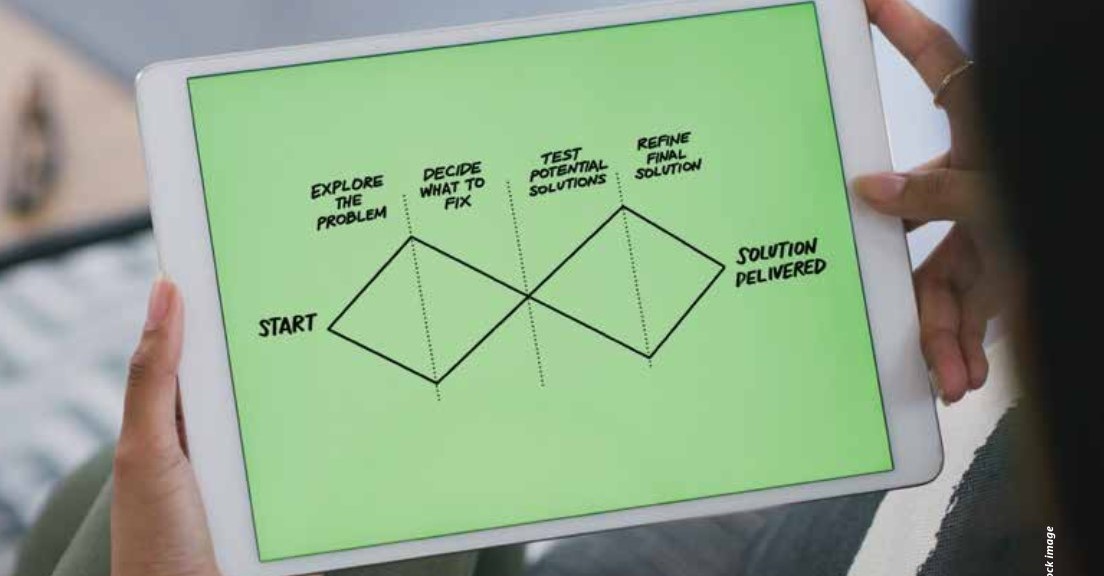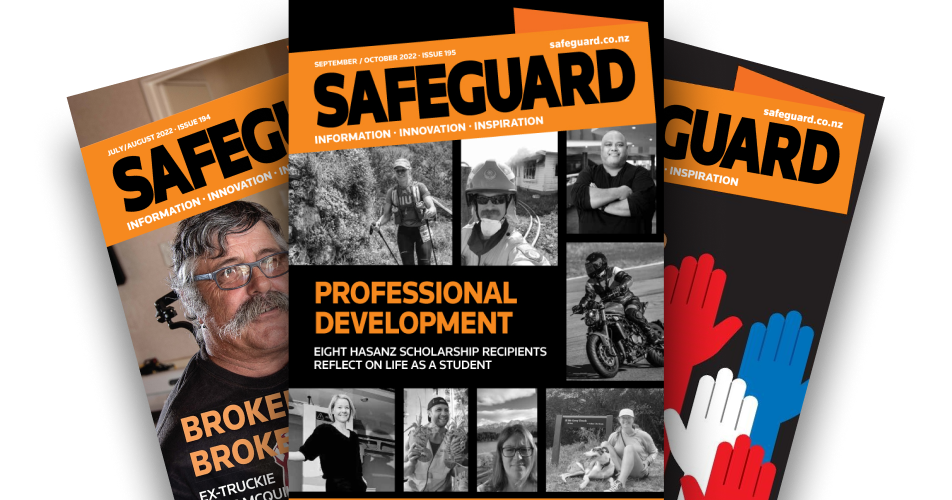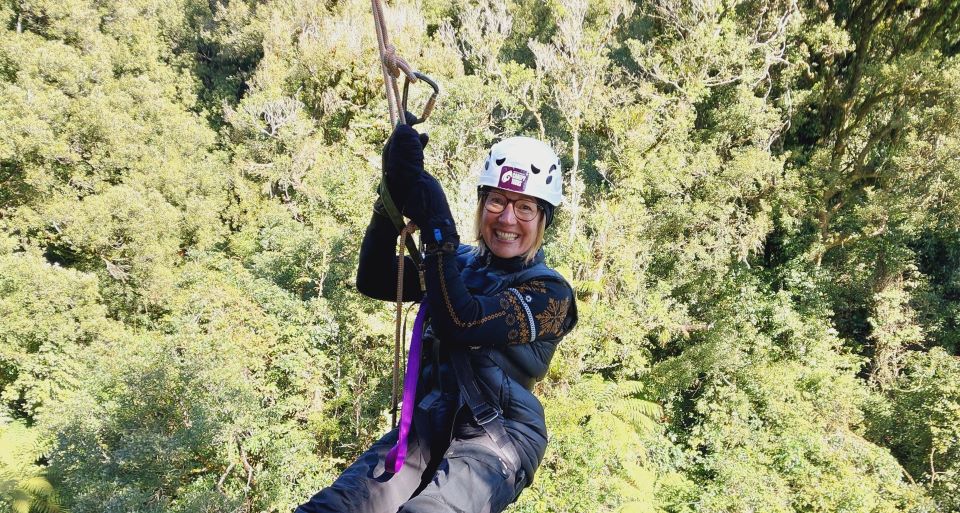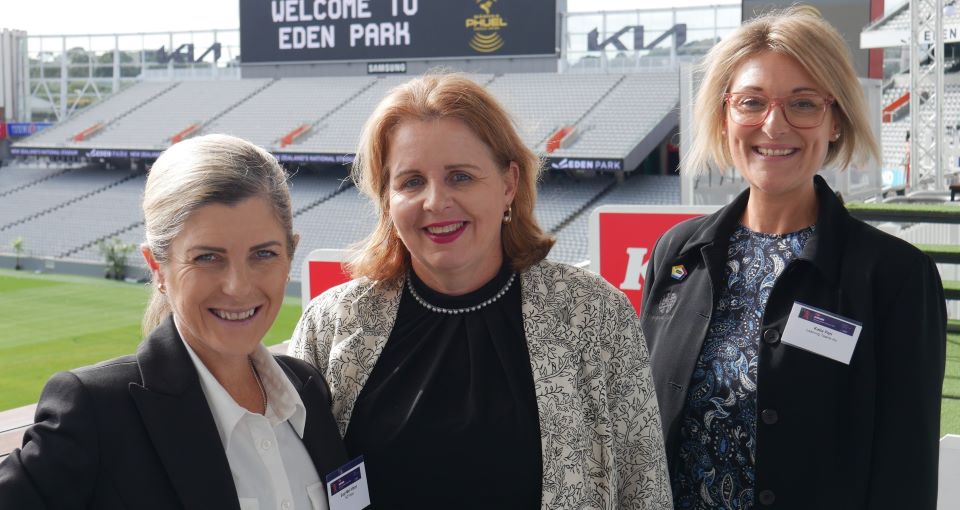During a learning team I facilitated for a construction company, a carpentry team – all from the Philippines – shared that constant variations to the job designs by the client, the under-manning of some critical path tasks, and issues with who gets priority use of cranes to lift gear and materials were causing problems on the job. None of this was covered in their safety register or itemised in safety audits, however a combination of these work conditions meant they were under constant pressure.
This was in addition to other constraints. A lack of storage space on the site meant they were manually handling more product and equipment than they should have been, which was another factor causing pressure and reduced wellbeing. The team liked their management, who were kind and respectful, so they didn’t want to complain, but they had been sucking up the situation for months.
We sat down to understand this picture and collaborate with the team on the solutions. Some no-brainer operational improvements were made that didn’t cost the company much, made life easier for everyone, and reduced the risk of manual handling injuries.
Helping and hindering
Learning teams help us manage critical risk to ensure safe outcomes. We also understand how to increase the resilience of the team by recognising what drives team capacity as they adapt to varying work demands.
The learning centres on discovering and analysing what is helping and hindering performance through the views of different roles and levels across the organisation. Learning teams help us understand how work actually gets done, not just how we think it does.
In this way, we understand the conditions and constraints that create variability in day-to-day work and which work teams usually adapt to successfully and safely. We can focus our improvements on these areas, rather than introducing more rules and paperwork. That is how we improve team capacity and resilience.
Establishing the need
Put simply, a learning team aims to solve problems, but it has a very different view of what the problem is. The starting point is identifying a topic – usually a review of an area of work. Note that we don’t usually choose a safety problem per se.
The best way to establish the need for a learning team is with the operational leads. Ask them what work issues are going on and what difficult areas are worth learning about. Here are a few examples I’ve been involved in:
- A project analysis with key workers following repeat incidents.
- A review of a training centre with the students.
- A contractor review with the regular contractors involved.
- A repeat failure of machinery or plant.
- Follow up to a serious near-miss incident.
- Budget overruns and difficulties on the job.
- A project with no real problems, delivered on time and budget.
- Reviewing a high-risk operation with traffic management and forklift use.
In choosing the topic, you and the team might explore a stubborn production problem, or repeat incidents, or another work area where there’s value to be gained. You might also choose an area where everything seems successful to understand why so you can share learnings with others.
The real problem
The biggest trap I see is when people select safety problems as the topic. For example, they decide to look at why they are having a lot of manual handling injuries. This is a Safety-I focus where you are still trying to avoid things going wrong. A better approach is to examine the work area where the injuries occur and find out what conditions and constraints are inherent in the work. A bunch of factors are likely putting unnecessary pressure on the team and creating goal conflicts. When we solve these, often the manual handling problems are inadvertently solved. I’ve come across this many times when facilitating learning teams.
‘What problem are we solving?’ is the most common question from operational leads at the beginning of a learning team process. This is indicative of the entire point of running a learning team! If we knew what problem needed solving, we’d have solved it already.
It also alludes to the fact that operational leads tend to be selected for their skill in being relatively independent in solving problems. Adaptive problems are best solved collectively and as close to the problem as possible. That means the problem needs to be discovered. We need to start by seeking to understand. This requires patience, the suspension of judgement, and an ear to listen. From that process, we understand the real problems. It’s as simple as following the process illustrated in this diagram. Once you reach the end, start again until you’ve successfully embraced a new way of working together.
Context is everything
A few years back, when I was starting out with learning teams, two competing companies asked me to help them with a learning team based on the exact same topic. It was an uncanny coincidence, so I was keen to see how the results would compare. Naturally, all information about each company remained completely confidential. I was only asking questions and facilitating their solutions to the problems.
As it turned out, they started with the same topic, and the exact same difficulties were occurring, but the problems identified were quite different. This highlighted the point that while technical fixes can be predictable, adaptive challenges depend very much on context. In this case, one company struggled with resourcing during Covid lockdowns. The other had issues with a client being too controlling of protocols and requirements and thereby limiting the adaptability of the teams.
The methodology
Resilience engineering is the safety science best used in learning teams and the methodology I always use. It assumes workers are highly adaptable actors in imperfect systems, who create operational success and safety the vast majority of the time despite the variable conditions and constraints they deal with.
The aim of the learning team should be to reduce the effect of variable demands and improve the capacity of the team to adapt to any variability successfully. Going back to the construction story, work in this sector tends to be inherently demanding with high variability. I often notice management think it’s a given that teams will absorb these demands rather than asking the questions of how reducing variability could improve both performance and safety.
Often, the challenge is understanding how to improve team capacity to handle residual variability well. This requires a high-trust relationship and transparency over system vulnerabilities throughout the contracting food chain, something that can be challenging given commercial realities.
Analysing the intelligence
The success of a good learning team is in drawing out the themes effectively. Use a structured process to analyse the information. Do this with the team if you have time, or afterwards between sessions.
Create a table with two columns entitled Helps and Hinders, perhaps on a Miro board. Note relevant comments and insights from the team under each column. From here, draw out the top five or more emerging themes. These will give you the inherent conditions and constraints of the work. Map these to the known capacities demands.
Returning to the construction site we began with, due to site constraints (space and the demands of construction timelines), coupled with budget constraints, and workers whose culture forbids challenging authority, workers absorbed system stress passed down to them by late design variations, changes to resource allocation, and production pressure generally.
There is a multiplier effect due to the lack of awareness from senior project management and design/engineering teams, who don’t have clear visibility of the system stress faced by frontline workers. This is again exacerbated by the differences in culture with workers who can be shy to speak up.
In this case, it was revealed that the factors mentioned in the points above also lead to rushing, mistakes, and inefficient teamwork. In this way, attempts to make time on the critical path and budget can have adverse effects that reduce achievement of these aims, causing further pressure on both project management and their contractors.
Doing a learning team to better understand the conditions, constraints and worker-led improvements will be well worth the time and effort by creating win-win solutions.
Auckland-based consultant Moni Hogg’s book on Safety Differently will be available on Amazon in July. This story contains excerpts from the book.




